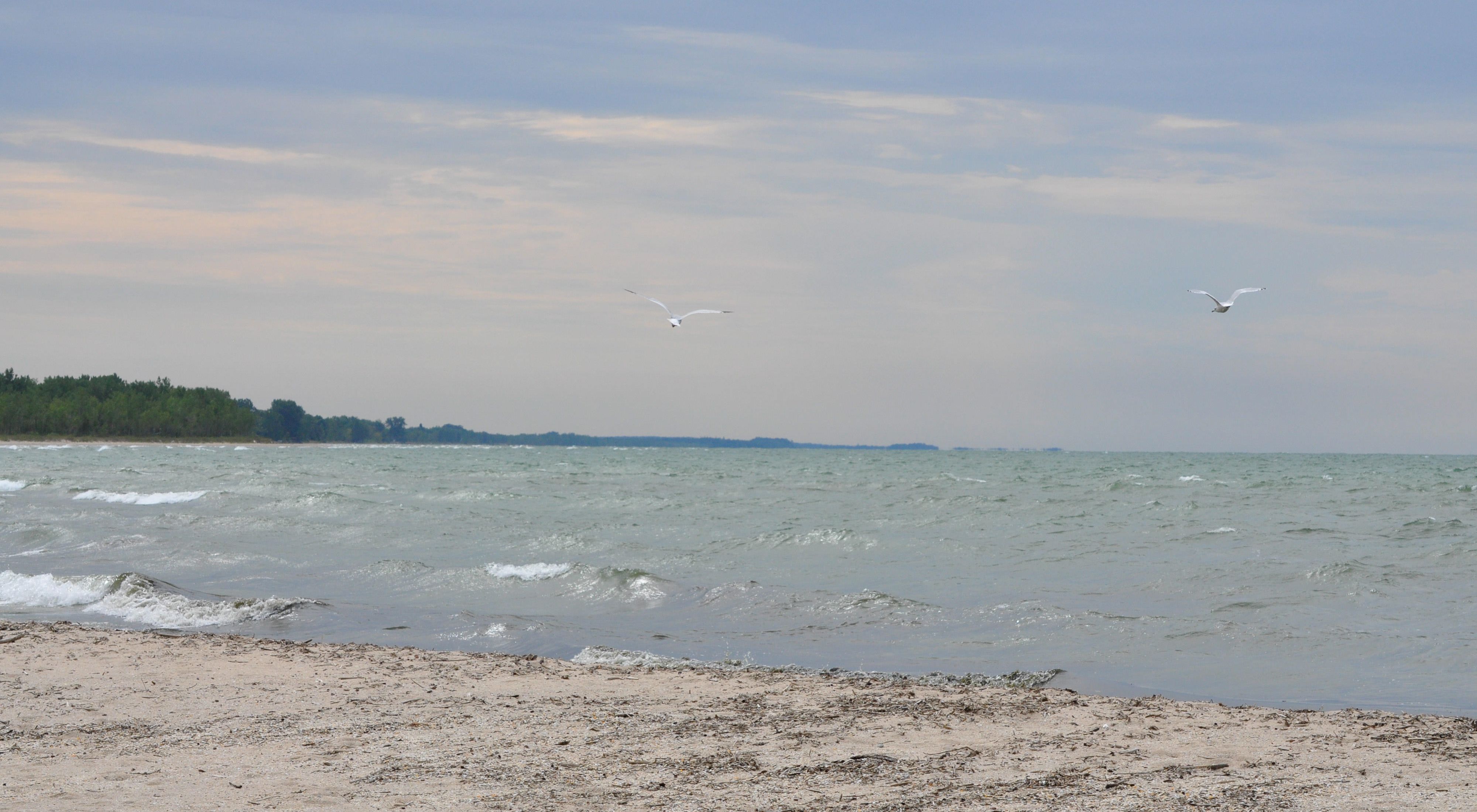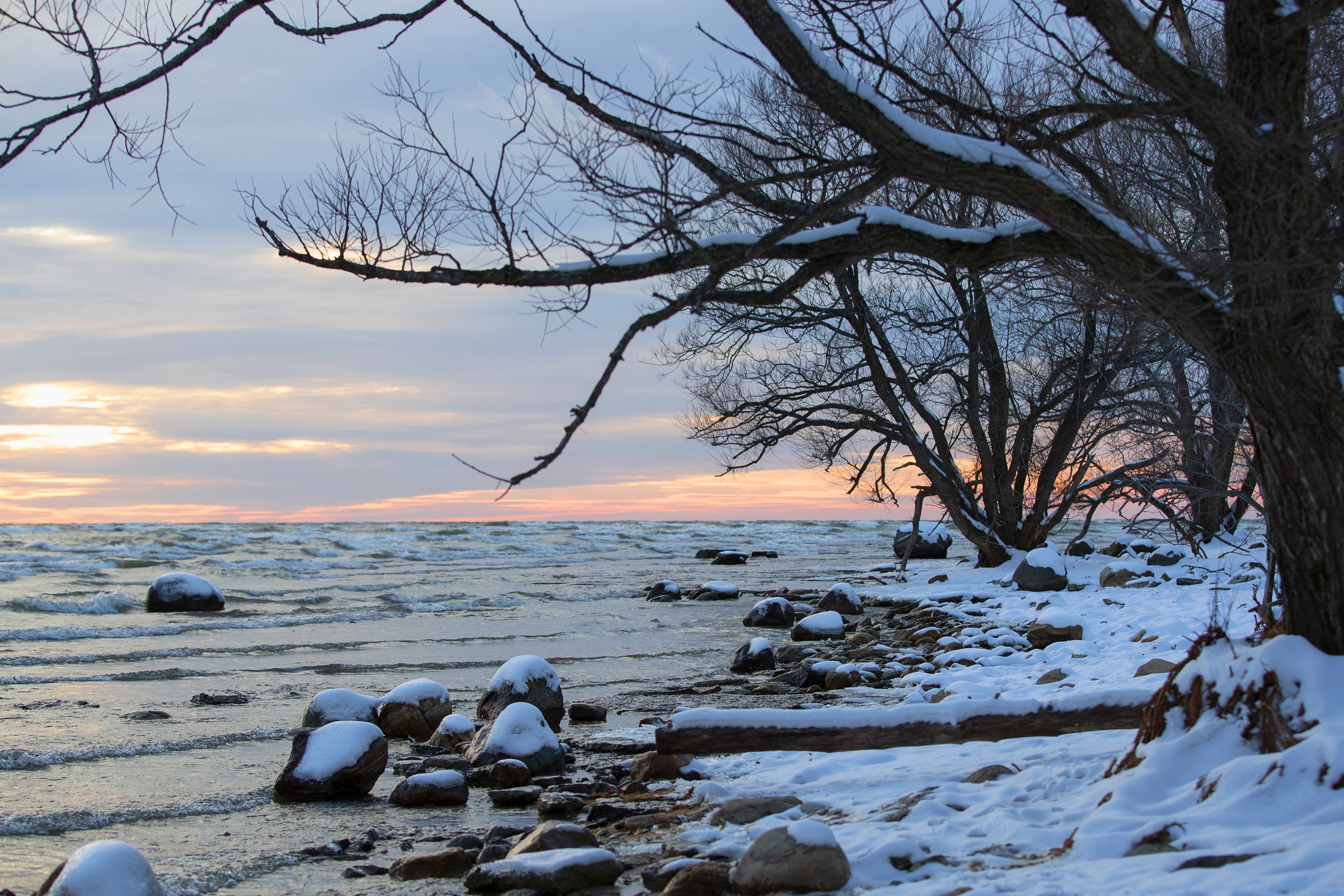For more than 60 years, a hydroelectric dam and an outdated management plan that failed to take nature into account controlled the flow of water from Lake Ontario eastward through the St. Lawrence River.
When the bilateral U.S.-Canadian panel that manages the lake’s water levels and flow, the International Joint Commission, began devising better ways to regulate the movement of water through Lake Ontario and into the St. Lawrence River, The Nature Conservancy in New York took an active role on advisory committees and later, as part of a broad-based coalition, advocated for the IJC’s new plan.
Implemented in 2017, this plan attempts to mimic the natural flow of water through the waterway and is helping restore 64,000 acres of the lake’s freshwater wetlands. (It’s the country’s second-largest wetlands restoration project, after the Everglades.) That’s good news for the birds, fish, and plant species that make Lake Ontario’s freshwater wetlands their home. It’s good for people and our climate, too: Freshwater wetlands are critical habitats that help filter drinking water, absorb high water during storms, and store more carbon than even forests do.
The 2017 management plan offers additional climate benefits by increasing electricity generation from the St. Lawrence dam, with a carbon savings equivalent to taking 8,700 cars off the road. And the 2017 plan is paying off in other ways, too. New Yorkers now get $12 million in economic benefits a year, thanks to increases in hydroelectric production, tourism and outdoor recreation.
Of course, this work is just one aspect of the Conservancy’s efforts to restore and safeguard Lake Ontario and the St. Lawrence River’s ecosystem—efforts that include using advanced scientific tools to track the presence of native and invasive aquatic species and restore habitat in this essential part of the largest freshwater system on Earth.


